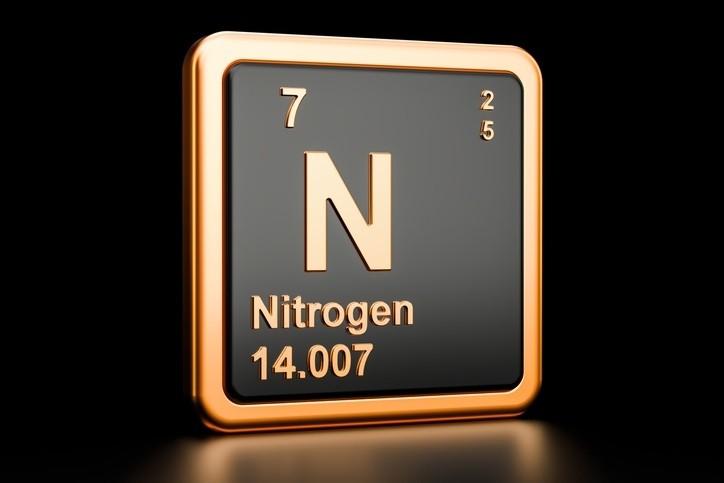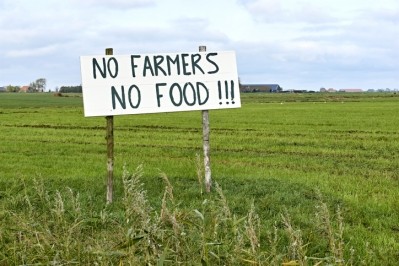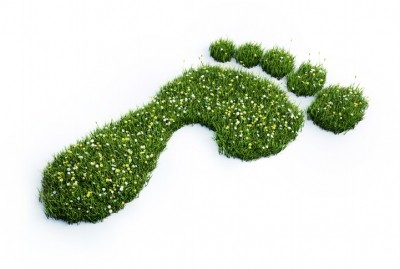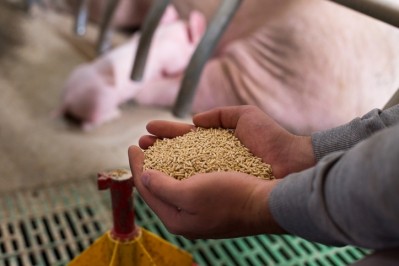Special Edition: Dairy Feed Trends
Dutch dairy and feed sector working collaboratively on nitrogen targets

In February 2019, the Dutch minister for agriculture, Carola Schouten, called for the country’s dairy industry to come up with measures to enable lower nitrogen excretion and to avoid surpassing the upper limits imposed by the EU Commission.
She said the dairy farming sector is underperforming. The expectation is, if nothing changes, nitrogen excretion will be 4% above the sectoral ceiling for dairy cattle.
Nitrogen emissions data for the Netherlands
The number of dairy cows in the Netherlands decreased by 11% last year, due to culling to meet phosphate reduction targets, according to data from the Dutch Central Bureau of Statistics (CBS).
Nevertheless, nitrogen excretion in dairy farming has not fallen sufficiently, it said.
The level of nitrogen excretion in the dairy sector dropped slightly in 2018 to 292.8 million kg, compared to 303.5 million kg in 2017. Milk production per dairy cow grew from over 8,300 kg in 2016 to 8,850 kg in 2018.
The CBS report noted that feed consumption per dairy cow grew as well. Over the past few years, the dairy cow’s diet in the Netherlands has had a proportionally higher content of grass and feed concentrates due to increased feed consumption and a decline in the cultivation area for forage maize. Grass and concentrates contain up to three times more nitrogen compared to forage maize and thus in higher nitrogen emission levels per cow, according to the CBS.
“Furthermore, the nitrogen content of grass has gone up in recent years. Therefore, despite a reduction in herd size, total nitrogen emissions have barely decreased,” said that organization.
The Dutch dairy farmer representative groups say that benchmarking farms on urea concentration in milk could help secure lower nitrogen excretion levels. Since 2016, all dairy farmers have access to the Annual Nutrient Cycling Assessment or KringloopWijzer tool, which provides insight into their nitrogen efficiency.
Now various Dutch dairy farmer organizations - NAJK, NMV, LTO Nederland and Netwerk GRONDig – have committed to working together to tackle the issue, with a sectoral approach to reduction to be facilitated by the Dutch feed industry association, Nevedi, and the Dutch dairy association, NZO.
More complex than phosphate reduction
Nitrogen is more difficult to control than phosphorus levels, due to the gaseous losses and external influences, factors such as weather conditions, the type and quality of forage used on the individual farms, the soil on that farm, and how a dairy holding is run, Henk Flipsen, director, Nevedi, told us.
Culling helped the dairy sector to meet the phosphate reduction targets, but a decrease in nitrogen output will require another line of attack: “The nitrogen issue is not just about how many cows a farm has. It has much more to do with farm management, so it is more complicated [than phosphate reduction]," he said.
The Dutch dairy industry collaborative approach is favoring knowledge dissemination so the dairy farmer is clear about what is going on and what possibilities they have to reduce nitrogen excretion at the individual farm level. It involves letting farmers know of the existence of a sectoral ceiling and explaining the consequences of exceeding it. The stakeholders want to instigate a total approach to feed and management that will lead, ultimately, to an optimal ratio of protein and energy at the ration level.
Protein utilization
Protein utilization in the dairy feed ration, improving the efficiency and digestibility of feed protein is a strategy that has long been on the Dutch feed sector’s radar, said Flipsen.
Year-on-year analysis since 2014 shows, on average, a slight decrease in the use of crude protein (CP) in feeds for dairy cows in the Netherlands, he said.
“It is not that we are just starting from scratch. We are on our way, but we are not there yet.
“We have to be more precise, more detailed in the use of CP in feed.”
It is important to reduce the level of CP in rations, but, of course, with an eye to ensuring animal welfare and maintaining production, with dairy farmers hardly in a position to suffer further economic losses, he said.
“We are the specialists in feed and we want to help the farmers to find solutions at the farm level because every farm is different from the breed of cows, to the forage used, to the coproducts in the rations, whether farmers are using corn, or a combination of grass and compound feed, etc.”
There is variation at the regional level as well, he said.
A total farm approach is essential, said Flipsen. If the forage quality is poor at any given period, farmers will have to adjust the CP level accordingly, he stressed.
“We [the feed industry] have pledged to do our utmost, to support innovation, to carry out feed research and to support the farmers through on-farm advice.”








